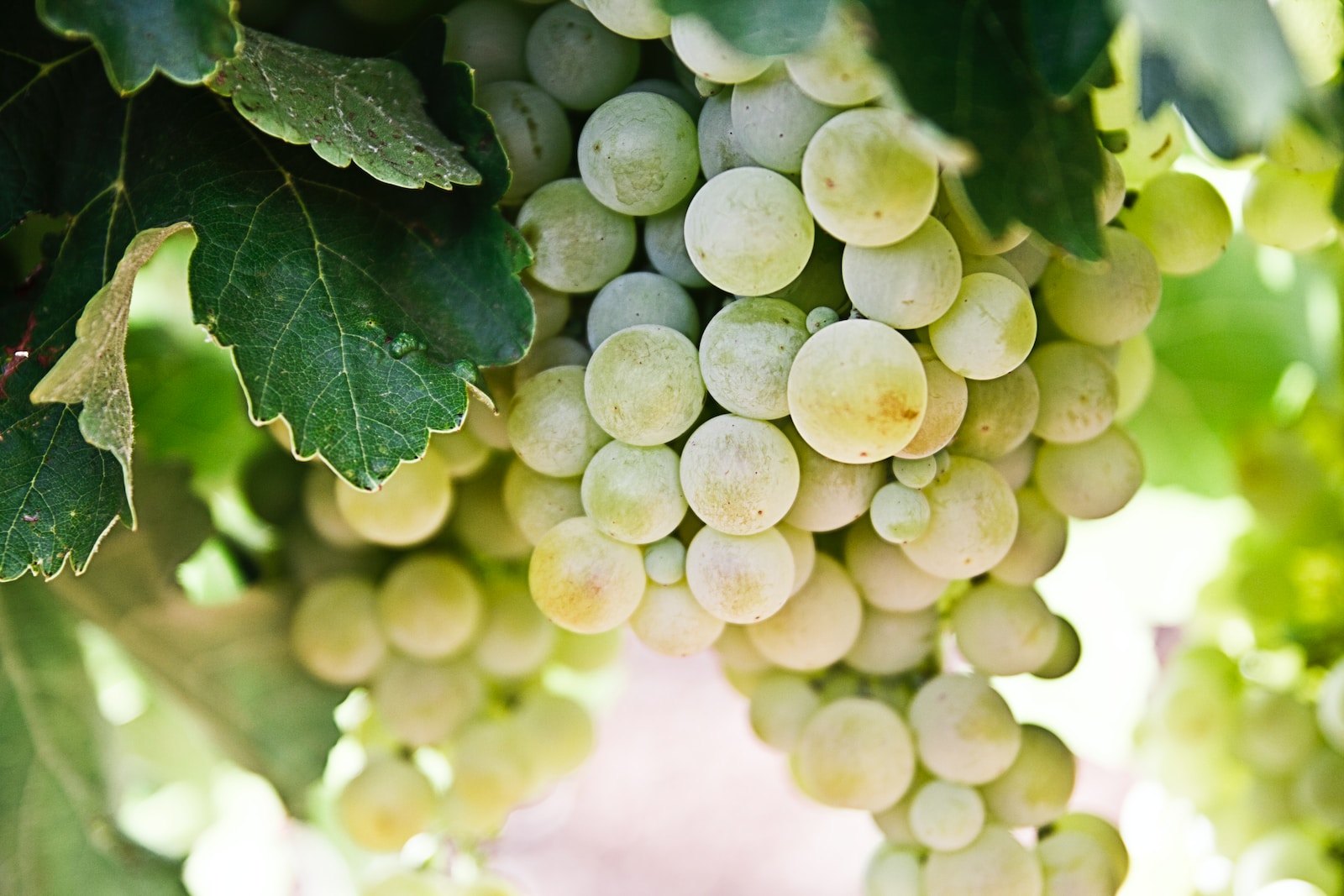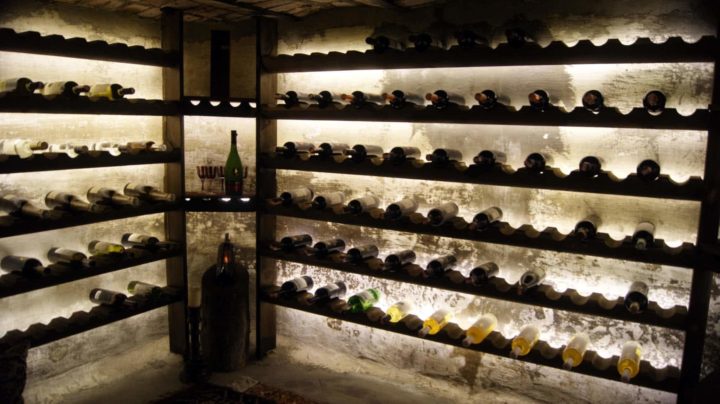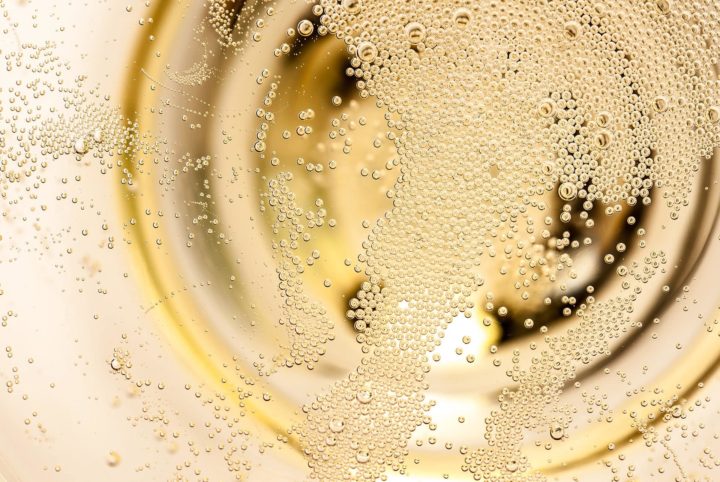Silvaner, Sylvaner or sometimes called Grüner Silvaner, is a white grape variety with a long and varied history. The variety has been around for hundreds of years and is the main component of Franconian wine. Silvaner white wines are characterized by their light to medium body, mild acidity and fruity aroma.
Silvaner is a versatile grape that can be produced in a range of styles, from dry to semi-dry. It is not only an important variety for blends, but is also used to make some of the best wines in Germany. It is a hardy grape variety that thrives in the vineyards of Franconia, Rheinhessen and the Palatinate. It can survive in cold areas and is resistant to heat. It is also grown in Switzerland, Alsace and Austria.
History of the grape variety Silvaner
Silvaner is one of the oldest known and most traditional German white wine varieties. Genetic studies have shown that Silvaner originated from a cross between Traminer and Österreichisch Weiß. Its history dates back to the 17th century AD, when the variety arrived in the wine-growing region of Franconia from Austria. More precisely, the first vines were planted with him in April 1659 by order of Johann Georg Körner in the Schlossberg vineyard in Castell.
Especially in the May triangle between Würzburg, Frankfurt and Aschaffenburg, the white wine quickly found its lovers and developed over time into one of the most important white wine varieties of the entire country.
Until the 1960s, Silvaner was the most widely cultivated white wine variety in Germany. At that time it was considered a symbol of German white wines. However, with the advent of new, modern varieties, it fell more and more into oblivion and subsequently lost importance. Only recently, the variety is experiencing a renaissance. It is being increasingly cultivated again, especially in the growing regions of Franconia and Rheinhessen. Today, Silvaner once again stands for harmonious wines with a fine acid structure and a crisp minerality. In the Rheinhessen region, a special seal of quality was created for it and it is marketed as Rheinhessen Silvaner or Silvaner RS.
How the Silvaner got its name
The origin of his name is not clear. There are several explanations for its name origin. Some suggest that its name refers to Transylvania, the possible homeland of Silvaner. Another explanation of origin would be that the name refers to Silvan, a small town in Central Asia. And still others suspect that it is a variation of the Latin word “Silva”, which means forest in German and would refer to the Waldviertel in Austria.
Silvaner in Germany – The growing areas
Today, Silvaner is grown mainly in the German wine-growing regions of Franconia, Rhinehessen and Rheingau. The climatic conditions and soil conditions here provide ideal conditions for the cultivation of the grape variety and produce wines of particular quality and typicity. Numerous renowned wineries have specialized in its cultivation here, making it an important component of their product portfolio.
An overview of the vineyards in the most important growing areas for German Silvaner can be found below:
| Cultivation area | Vineyard area (in hectares) |
|---|---|
| Rhinehessen | 1932 |
| Franconia | 1.559 |
| Palatinate | 468 |
| Near | 187 |
| Baden | 113 |
| Württemberg | 85 |
| Saale-Unstrut | 49 |
| Rheingau | 7 |
Silvaner wine characteristics
Silvaner wines are characterized by their fresh and lively fruitiness. They often have a fine acid structure and a clear character, characterized by fruity to earthy aromas. Depending on the growing region and soil conditions, the growths can be pronounced differently and show, for example, a slightly spicy or earthy note.
The wines of the variety are characterized by their versatility and are suitable for a wide range of occasions. It is often drunk as an aperitif, but also goes well with light dishes such as salads or fish. In the warm months of the year, they are a sought-after companion for their freshness and lightness.
In their best vintages, Silvaner can also exhibit complex, ripe aromas reminiscent of tonka beans, nuts and peaches. These drops have a good structure and shelf life and can be stored up to a few years, continuing to develop their flavor and character.
Overall, the variety is considered uncomplicated and inviting, pleasing both wine lovers and novices. It offers a good introduction to the diversity of German growths and is a valuable addition to any wine cellar.
Silvaner and its role in the Franconian wine scene
In the wine-growing region of Franconia, the Silvaner plays an important role. It is one of the most traditional autochthonous varieties. The region is known for excellent white wine varieties, one of the most important representatives of which is the variety. Franconian Silvaner is characterized by its typical mineral style, which is influenced by the soil and climate of the region.
The preservation and promotion of the Silvaner grape is an important concern for many winemakers in the region, and they work continuously to improve it.
Silvaner plays an important role in the regional wine scene. It stands for the region and the high quality of the crops produced there. It contributes to the notoriety and reputation of the region and is popular with locals and tourists alike. The combination of tradition and innovation found here in the wine scene makes Franconia a center of attraction for wine lovers worldwide.
How to enjoy Silvaner
To fully enjoy the elegant aromas and flavors of a Silvaner, an appropriate drinking temperature is advantageous. Ideally, it is drunk at a temperature of 8 – 10 °C. In this way, the fine acidity, fresh fruitiness and mineral notes come into their own best. Silvaner is suitable as a soloist or as an accompaniment to light dishes such as fish, poultry or salads.
Silvaner wines: taste and aroma
The taste and aroma of a typical Silvaner depend on many factors, including the growing region, climate and soil conditions, as well as the particular production process. As a rule, Silvaner is described as fresh and mineral with aromas of green apples, citrus fruits and a slightly earthy note. The German grape variety reflects the terroir of its origin unadulterated and clear.
A typical Silvaner has a pronounced acid skeleton that gives it a lively freshness and a pleasant spiciness. It is accompanied by notes of white peach, pear, gooseberry, honey and hay. The mineral notes are often caused by the soil from which it comes and can be salty or floral.
Some Silvaner wines have a stronger body and a higher alcohol content than other wines. They can have a slightly buttery aroma that comes from contact with the yeasts during fermentation.
With age, the bouquet may change and take on more complex notes of nuts, honey, hay and ripe fruit.
The aroma and flavor are influenced by many factors, but is particularly characterized by its freshness, mineral notes and a fine fruit.
Similar grape varieties to Silvaner
There are some vines that are similar to Silvaner in taste and characteristics. These varieties often share similar taste characteristics. Some of the most famous similar varieties are:
- Müller-Thurgau: This variety is common in Germany and shares with Silvaner a lively freshness and strong acidity. There may also be some fruity notes of citrus and green apples.
- Riesling: Riesling is very common in Germany and also has high acidity and a bouquet of citrus and green apples. Unlike Silvaner, however, Rieslings often also have a slightly sweeter note.
- Grüner Veltliner: This variety is mainly grown in Austria and shares a tight acidity structure with Silvaner. The nose shows mainly green apples and citrus. However, Grüner Veltliner wines often also have much more pronounced spice on the palate.
It is important to note that each wine, even within the same variety, can be different and that the taste and characteristics are influenced by many factors, including the growing region, climate, soil type and production process.
Food combinations with Silvaner wines
As an all-rounder, Silvaner wine goes well with a range of dishes. Below are some of the best culinary combinations:
- Asparagus: Silvaner is considered the ideal companion for white asparagus with hollandaise sauce. Its vibrant freshness and strong nature contrast perfectly with the creamy, sweet taste of the sauce, allowing the flavor of the pole vegetables to stand out even more.
- Fish: Silvaner is an excellent companion to light fish dishes such as salmon, pike perch or gilthead. The fresh character goes well with the delicate fish.
- Grilled vegetables: Silvaner is also a good choice with grilled vegetables such as zucchini, eggplant or peppers. The strong acidity harmonizes perfectly with the smoky hints of the grilled vegetables and supports the sweetish flavors.
- Cheese: A Silvaner goes perfectly with light cheeses such as goat cheese or Boursin. With its fresh nature, it balances the fat aroma of the cheese and brings out its subtle flavors to the fullest.
- Asian dishes: A Silvaner also goes excellently with Asian dishes such as sushi or fried chicken. Its fresh acid structure harmonizes with the spicy notes and delicate flavor of these dishes.
Always remember that your personal preferences are the most important factor in choosing the right wine. To make sure that a wine really matches the meal you’re planning, be sure to taste it beforehand.
Discover everything about the complex and mysterious world of grape varieties. Take a look at our detailed varietal portraits if you want to learn more about the special characteristics of the many different wine varieties.









